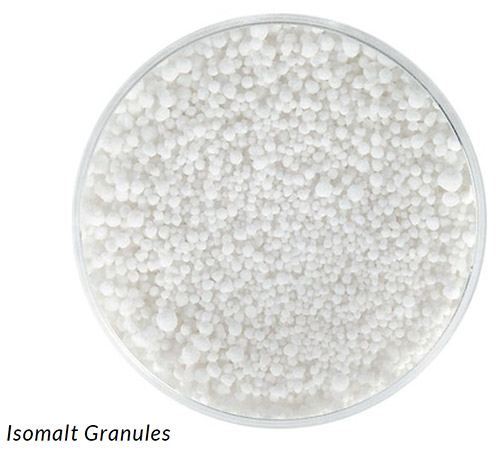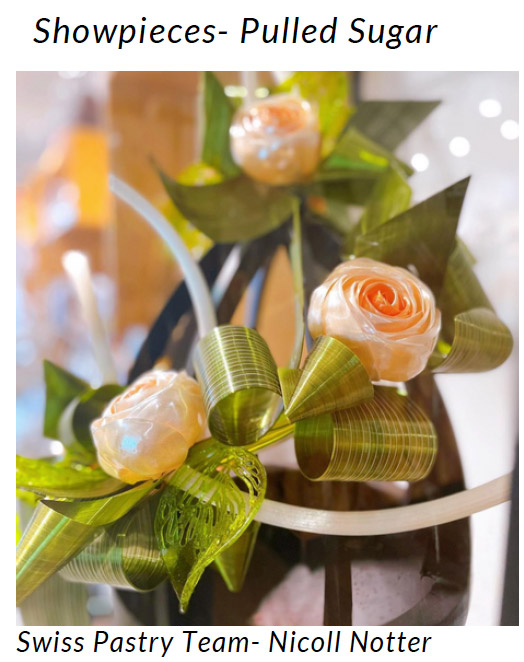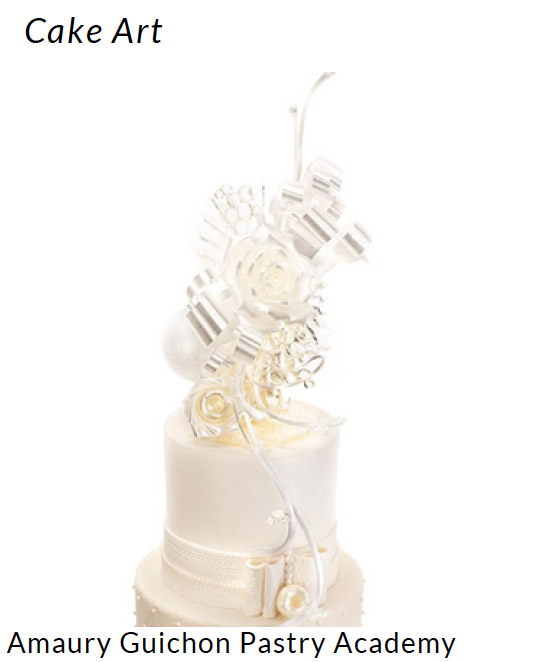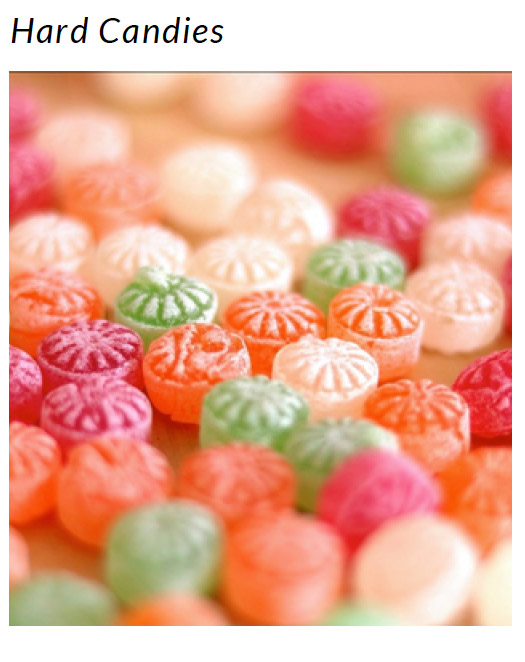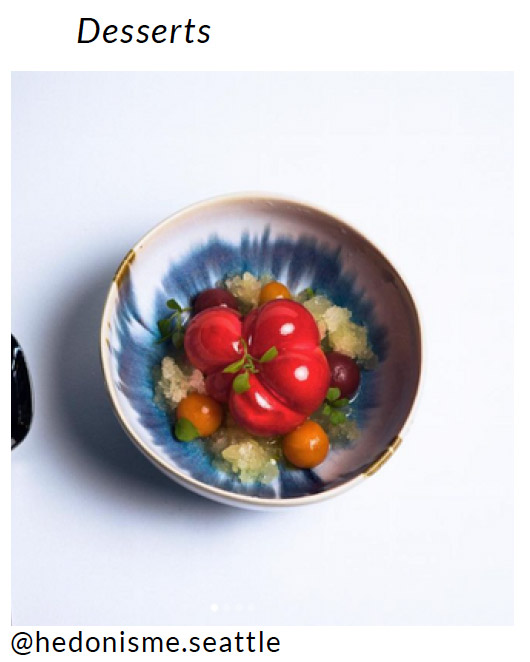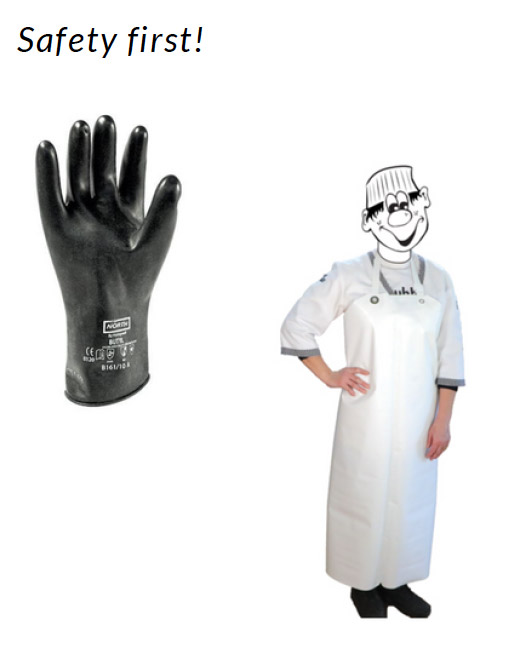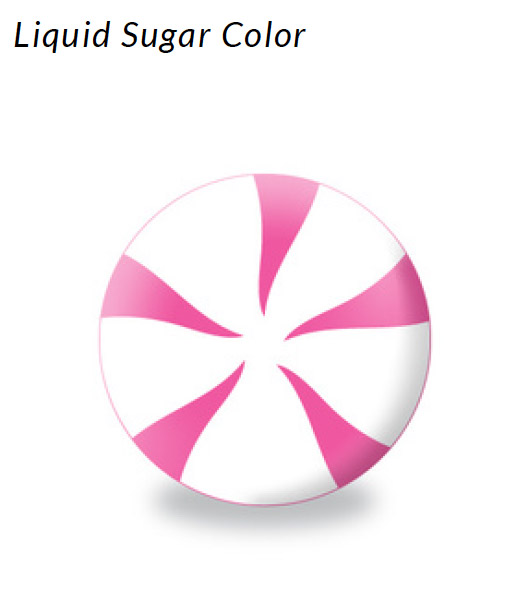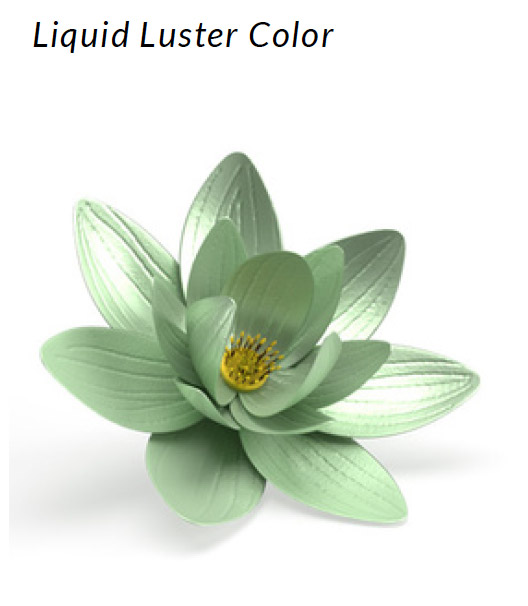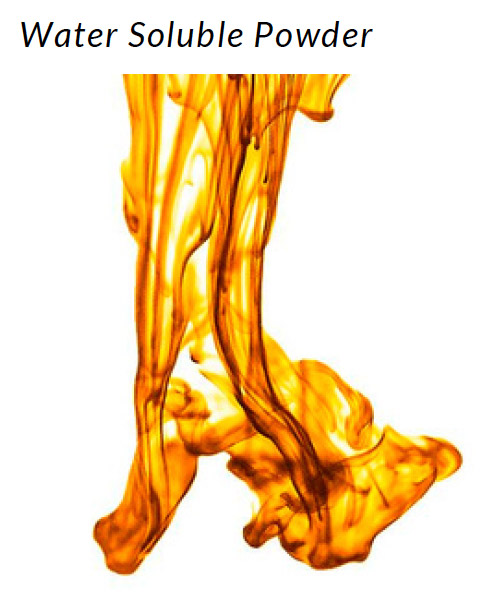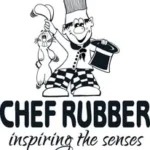WHAT IS ISOMALT?
02/10/2024

A CLEAR CHOICE FOR A SUGAR SUBSTITUTE
Isomalt. You may have heard this word around the kitchen and you maybe have even seen it appear in your google search history as you look up tips and tricks for creating sugar sculptures or cake sails. Follow us down the rabbit hole as wegive you the details for this sucrose alternative and why you may want to consider it for your next sweet project.
FIRST THINGS FIRST, WHAT IS ISOMALT?
Sugar pulling, blowing, casting.
Diabetic-Friendly, Sugar Substitute
Isomalt is an edible sugar alcohol that’s a derivative of beet sugar, not to be confused with the bright red roots. The beet is a root vegetable that contains a high concentration of sucrose. This is an excellent sugar-free alternative to cane sugar as it’s much more resistant to crystallization and humidity when sugar pulling, blowing, and casting. Isomalt comes in clear granules but the crystals that can be colored, or you can find some isomalt pre-colored for immediate use.
What’s it used for?
Have you ever seen those crystal sails on the tops of cakes, or sculptures in window displays and clear encasings on desserts that are broken, like creme brûlée? Most often that’s isomalt being used, the sugar alcohol acts structurally the same as sucrose. However, beet sugar’s low hygroscopicity allows it to be incredibly resistant to humidity and is great at keeping its structure from crystallizing when exposed to any moisture.
While isomalt has long been used for show pieces and cake toppers, it’s recently become an addition in baked goods. Mainly because it’s roughly half the caloric intake of regular sugar and doesn’t increase ones blood sugar levels, making it a widely used alternative for healthy and diabetic friendly substitute.
Benefits of Isomalt
- Higher resistance to crystallization
- Non-hygroscopic- a fancy way of saying resistant to moisture and humidity
- Remains colorless and odorless
- Accepts water soluble color and water soluble flavor
- Sugar free and diabetic friendly
- Can be remelted and reused for new creations
TOOLS FOR WORKING WITH ISOMALT
Listen, sugar work is hot, and not in the 2000s Paris Hilton version of the phrase. When working with isomalt there are a few things you’ll want to keep handy; like distilled water, rubber gloves and silicone mats. The right equipment is essential when it comes to working with sugar, you’ll find at Chef Rubber we’ve got you covered along every step of the way. The Complete Warming Box for instance, an enclosure designed to maintain warm conditions during the handling, pulling and blowing of beet sugar. But before you run to your shopping cart, we’d like to mention a few other tools that will make working with this sugar alcohol a breeze.
Safety First!
This should go without saying, but we’ll to say it again. Sugar gets hot! Over 400 degrees Fahrenheit, so before starting any sugar work make sure you have taken proper safety measures with rubber gloves and aprons at least!
Heat Source
To keep sugar pliable and able to pull for creating intricate details, you’ll need a readily available heat source from either a gas torch or spirit burner with denatured alcohol. These also will help you with adhering sugar pieces together.
Pump, hose, and tubes!
You might feel like you’re taking your blood pressure with this tool. Using a pump and tubes helps to facilitate the creation of your next blown sugar showpiece.
Silicone And Vinyl
Our food grade silicone moulds are made to withstand high temperatures of sugar work. Pour and cast perfectly moulded shapes that easily remove with Magic Freeze Spray. Cast freeform pieces with vinyl sheets that also aid in smooth bubble-free isomalt and can even be used to create your own stencils.
BRING ON THE COLOR!
Hint: Water Based Color is key!
The first step is understanding and handing Isomalt. While that part might be new to your Chef Rubber discoveries, you know we’ve got the COLOR!
One of the perks of working with granules is determining what you want to do with it! Our high quality European beet sugar is odorless and colorless for you to use however you wish. You can pre-batch isomalt by coloring small quantities and storing them for later.
Now for our favorite part, what Chef Rubber Color do we choose?
Liquid Sugar Color
Liquid Sugar Color, the name kinda says it all but we’ll still break it down. Resembling your store-bought food dyes, this color has a higher color concentration than airbrush color. This line was created for all sugar applications: poured, blown, pastillage decor, and pulled. If you’ve ever cooked isomalt before, you know it will start to bubble up when color is added. What you’ll find is that you can add this colorant directly to your cooking sugar and it won’t splatter.
Liquid Luster Color
Some people might use a light show to grab an audience’s attention. Sugar artists use Liquid Luster! This line of decor colorant takes our ever stunning decor powders and premixes them with alcohol for a convenient ready-to-spray color. This line can be airbrushed or added to pulled sugar for sparkle and lustrous effect as the color catches and reflects the light.
Water Soluble Powder
Powdered color might not be the first choice in selecting color for sugar but it shouldn’t be overlooked. Highly concentrated color in powdered form; water soluble powdered color is the definition of a little goes a long way! While your isomalt is in a liquid state, begin adding little by little your powder, stir, and watch as your clear isomalt is impacted with pigment!
Airbrush Color
Edible airbrush colors were made to add color directly onto the surface of your edible project. This water based color has a high concentrations of pigment which can be used to tint isomalt for subtle color.
CHEF RUBBER ON INSTAGRAM


